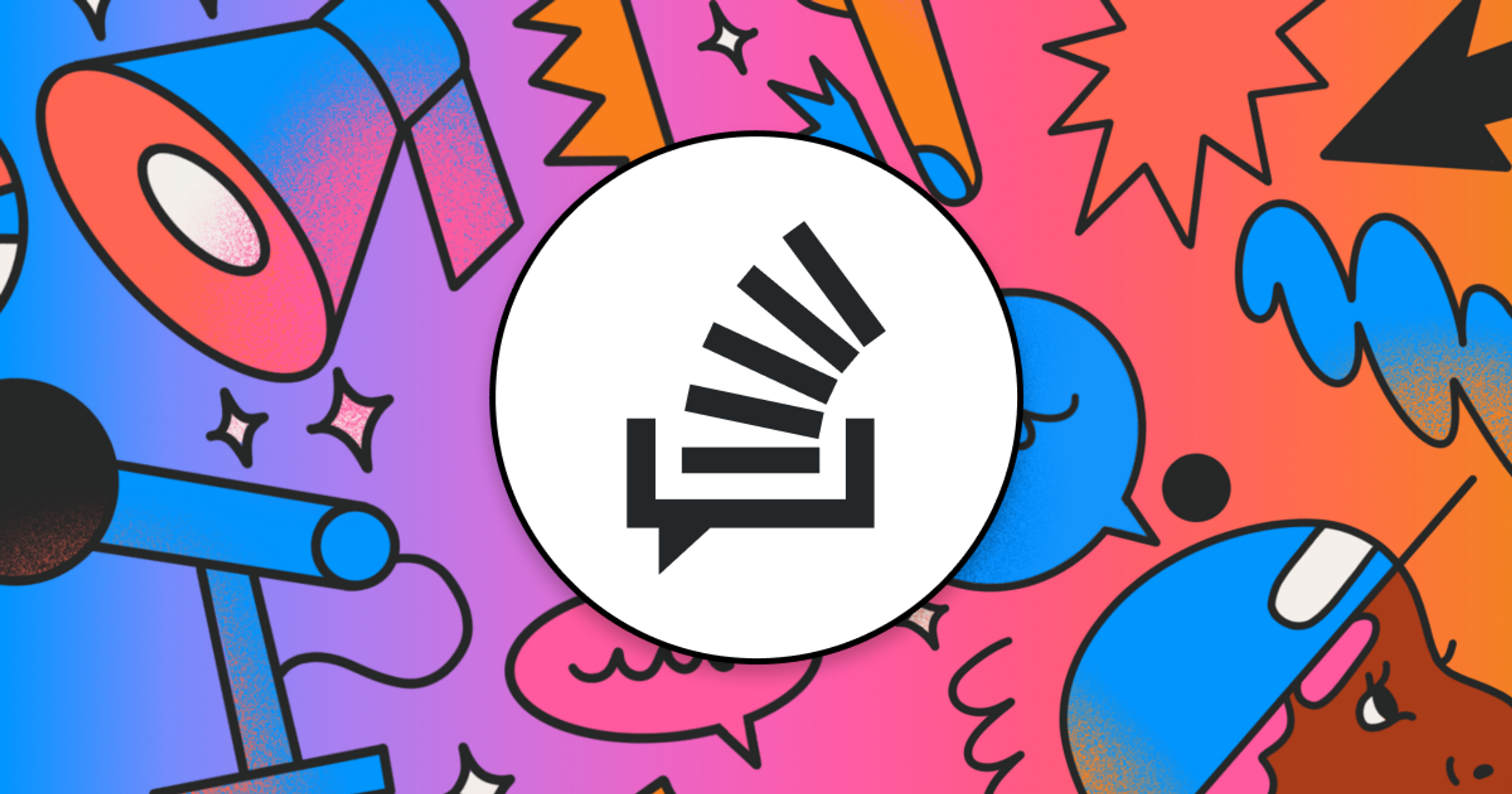The days of traditional application monitoring are fading. Applications today are no longer a single program, but a network of services connected by API and RPC endpoints across cloud containers that are created and removed as needed. There’s more data coming from sources that may not persist for long. Diagnosing errors becomes harder, especially in a crisis.
On this sponsored episode of the podcast, we spoke with Martin Mao, CEO and co-founder of Chronosphere, about the increased difficulty in diagnosing errors in production, especially during a crisis. Complex systems create more data, and to paraphrase: more data, more problems. Chronosphere wants to do more than just give you observability into your problems; they want to help automate the response.
Show notes
Like other folks we’ve talked to on the podcast, Chronosphere was born out of work pioneered at Uber. When you can’t find solutions to help you scale, sometimes you have to build them.
Everything in Chronosphere was built from scratch, from the ingestion tier to the query layer. If you’re going to build something cloud native from the ground up, the clear choice for the team was Go.
Cloud native observability changes the way developers interact with their code in production. Infrastructure is more complex, dev and test environments are gone, and data increases massively while data sources are more ephemeral.
Congrats to david, who won a lifeboat badge for their answer to Can we convert a byte array into an InputStream in Java?
